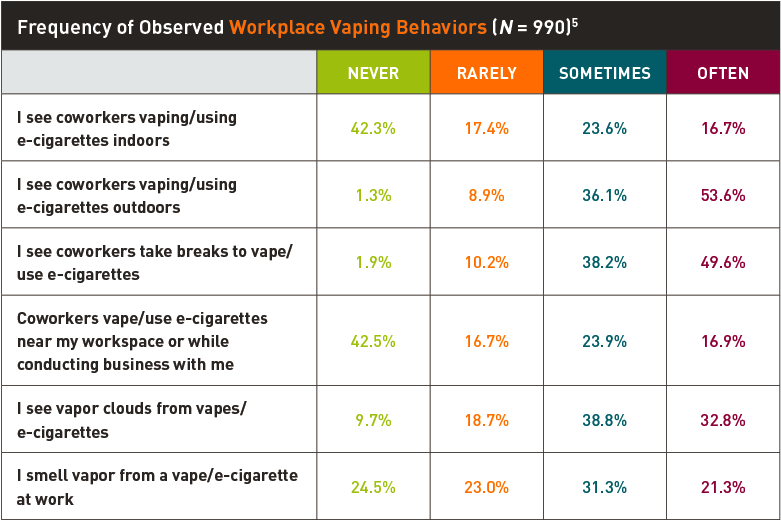Research comparing electronic cigarette users and nonusers reveals significant demographic and behavioral patterns, with certain findings challenging common assumptions.
Key Demographic Profiles
- Users: Predominantly younger adults (18-24), with higher representation among males, current or former smokers transitioning, and individuals seeking perceived harm reduction. Experimentation rates are notably high among adolescents.
- Nonsmokers/Nonusers: Vast majority have never used e-cigarettes. Represent broader population demographics, including all age groups beyond young adulthood, with lower prevalence in young adults compared to users. Include lifelong nonsmokers and former smokers who quit without transitioning to e-cigarettes.
Behavioral & Health Markers (Based on Population Studies)
- Dual Use Prevalence: A substantial proportion of adult e-cigarette users also continue to smoke conventional cigarettes, countering the idea of complete switching for many.
- Youth Initiation: Non-smoking youth using e-cigarettes show a significantly increased likelihood of initiating combustible cigarette use later compared to nonusers. This gateway effect is a major public health concern.
- Chemical Exposure: While exclusive e-cigarette users generally show lower levels of known tobacco carcinogens than smokers, biomarkers reveal higher exposure to potentially harmful substances (like specific metals, carbonyls, flavoring chemicals such as diacetyl) compared to nonusers. Nicotine exposure is significant for users.
- Respiratory Symptoms: E-cigarette users, particularly youth and young adults, report increased prevalence of respiratory symptoms (chronic cough, wheeze, bronchitis-like symptoms) compared to nonusers, though often lower than combustible cigarette smokers.
Unexpected Findings
Studies often reveal aspects counter to common narratives:

- Misperception of Harm: Significant percentages of users, especially youth, believe e-cigarettes pose “no harm,” contrasting sharply with toxicological data showing measurable risks versus nonuse.
- Flavor Impact: Non-tobacco flavors (fruit, candy) are the primary driver for youth initiation and sustained use, far exceeding the role of tobacco flavors.
- Smoking Cessation Success Nuance: While some evidence supports e-cigarettes aiding smoking cessation for adult smokers compared to no aid or NRT, long-term success rates vary greatly, and high rates of dual use or relapse remain common. Many successful long-term quitters achieve cessation without transitioning to e-cigarettes.
- Nonuser Exposure: Secondhand aerosol exposure in nonusers, though likely less hazardous than secondhand smoke, is associated with detectable increases in metabolites of harmful compounds and self-reported irritation, indicating it is not harmless.
Understanding these distinct profiles and the complex realities – including dual use risks, youth vulnerability, and unexpected chemical exposures – is crucial for effective public health policy and individual decision-making.









